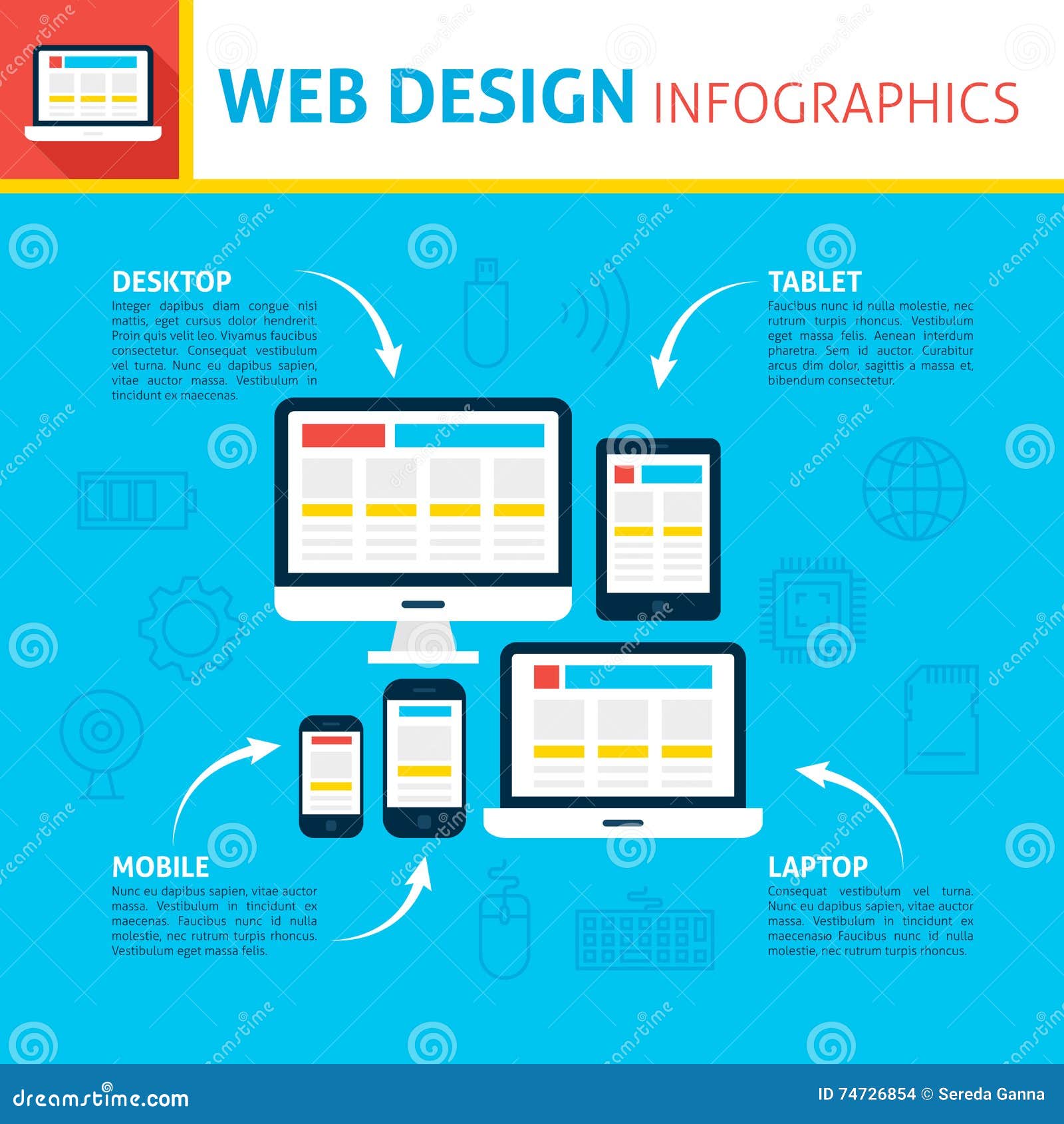Interested In Learning How Web Site Style Has Altered Throughout The Years? Check Out The Trip
Interested In Learning How Web Site Style Has Altered Throughout The Years? Check Out The Trip
Blog Article
https://www.techradar.com/news/8-seo-techniques-to-increase-website-traffic-in-2021 Produced By-Bradshaw Bojesen
In the past, websites were basic and concentrated on information. Navigation was straight, and layout was for desktops. Now, individual experience is essential. Information overviews layouts for easy navigating. Responsive designs fit different tools. Today, dark setting minimizes strain, and minimal menus boost navigation. Interactive features involve customers, and bold visuals stand apart. AI combination improves engagement. See exactly how layout has actually progressed to improve your on-line trip.
Early Days of Web Design
In the early days of web design, simpleness preponderated. Internet sites were fundamental, with restricted colors, typefaces, and formats. The focus was on giving info rather than flashy visuals. Users accessed the net with slow-moving dial-up connections, so rate and performance were vital.
Navigating food selections were straightforward, commonly located at the top or side of the page. Web sites were designed for home computer, as mobile browsing had not been yet prevalent. Content was king, and developers focused on easy readability over complicated design elements.
HTML was the main coding language used, and developers had to function within its restraints. Computer animations and interactive attributes were minimal compared to today's standards. Internet sites were static, with little dynamic material or tailored individual experiences.
Rise of User-Focused Layout
With the advancement of web site style, a shift in the direction of user-focused style concepts has become increasingly prominent. Today, producing internet sites that prioritize customer experience is important for involving site visitors and accomplishing service objectives. User-focused design includes recognizing the demands, preferences, and actions of your target audience to customize the web site's layout, content, and features accordingly.
Designers currently conduct detailed research study, such as individual surveys and functionality testing, to gather understandings and comments directly from individuals. This data-driven approach helps in producing intuitive navigation, clear calls-to-action, and visually attractive user interfaces that reverberate with visitors. By placing the individual at the center of the style process, web sites can deliver a much more customized and satisfying experience.
Responsive style has actually also become an essential aspect of user-focused design, ensuring that web sites are maximized for various gadgets and display dimensions. This adaptability enhances ease of access and functionality, dealing with the diverse means customers communicate with websites today. Fundamentally, the increase of user-focused layout indicates a shift towards producing electronic experiences that focus on the demands and expectations of the end user.
Modern Trends in Web Design
Explore the most up to date patterns shaping website design today. One prominent pattern is dark mode style, using a smooth and modern-day appearance while lowering eye pressure in low-light environments. Another key fad is minimalist navigating, streamlining food selections and improving customer experience by focusing on essential elements. Integrating micro-interactions, such as computer animated buttons or scrolling impacts, can create a more interesting and interactive site. Receptive design stays vital, making sure seamless individual experiences across various gadgets. Furthermore, using bold typography and unbalanced formats can add visual passion and draw attention to specific content.
Integrating AI innovation, like chatbots for customer assistance or personalized suggestions, boosts customer interaction and enhances procedures. Access has additionally come to be a considerable trend, with designers prioritizing inclusive style practices to cater to diverse individual needs. Accepting sustainability by optimizing website efficiency for rate and performance is an additional emerging pattern in web design. Teaming up with customer comments and information analytics to repeat and improve layout constantly is necessary for staying appropriate in the ever-evolving electronic landscape. By welcoming https://slator.com/creating-an-actionable-digital-marketing-blueprint/ , you can create a visually enticing, easy to use site that reverberates with your audience.
Verdict
As you review the advancement of site design from the very early days to now, you can see how user-focused layout has actually become the driving pressure behind modern patterns.
Welcome the trip of modification and adjustment in website design, always maintaining the user experience at the center.
Tippingpointdigital
Keep current with the most recent patterns and modern technologies, and never ever stop evolving your approach to develop aesthetically magnificent and easy to use websites.
Advance, adjust, and develop - the future of web design remains in your hands.
